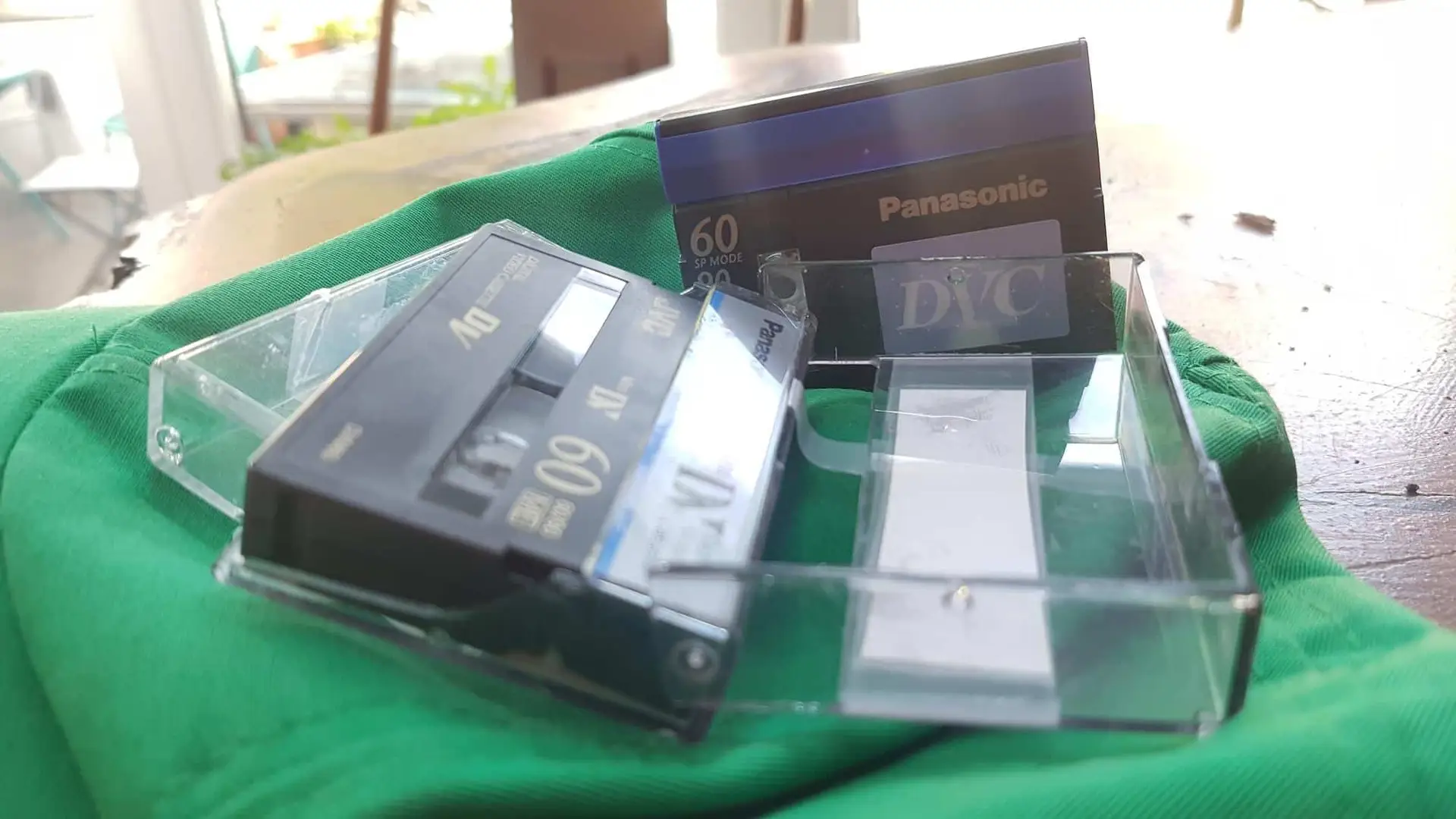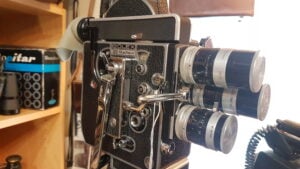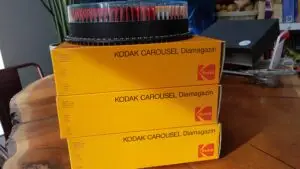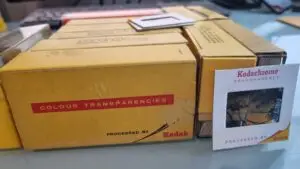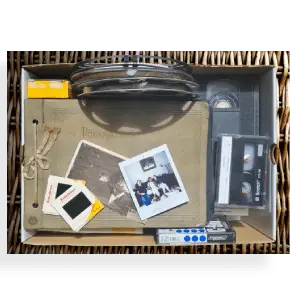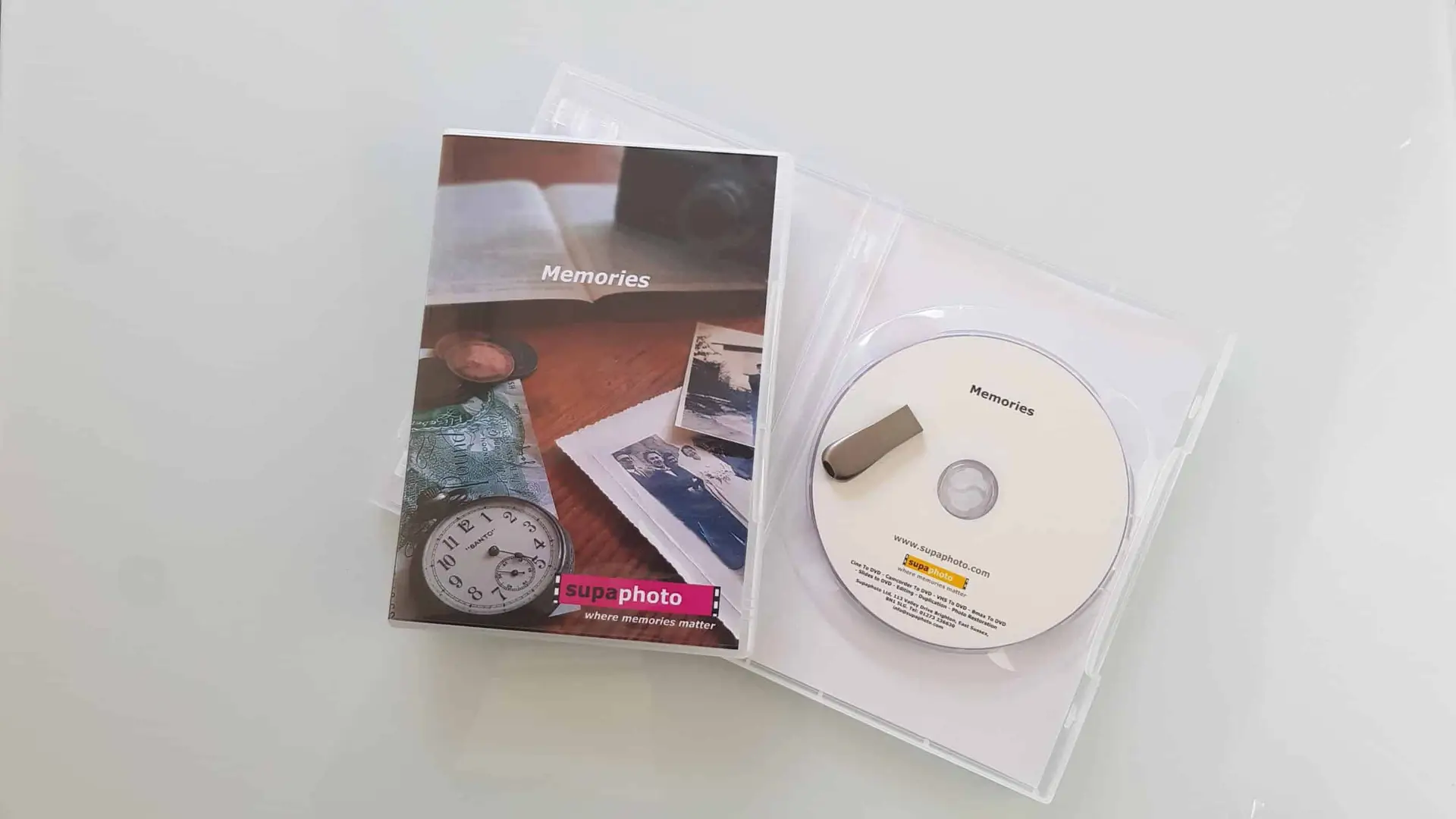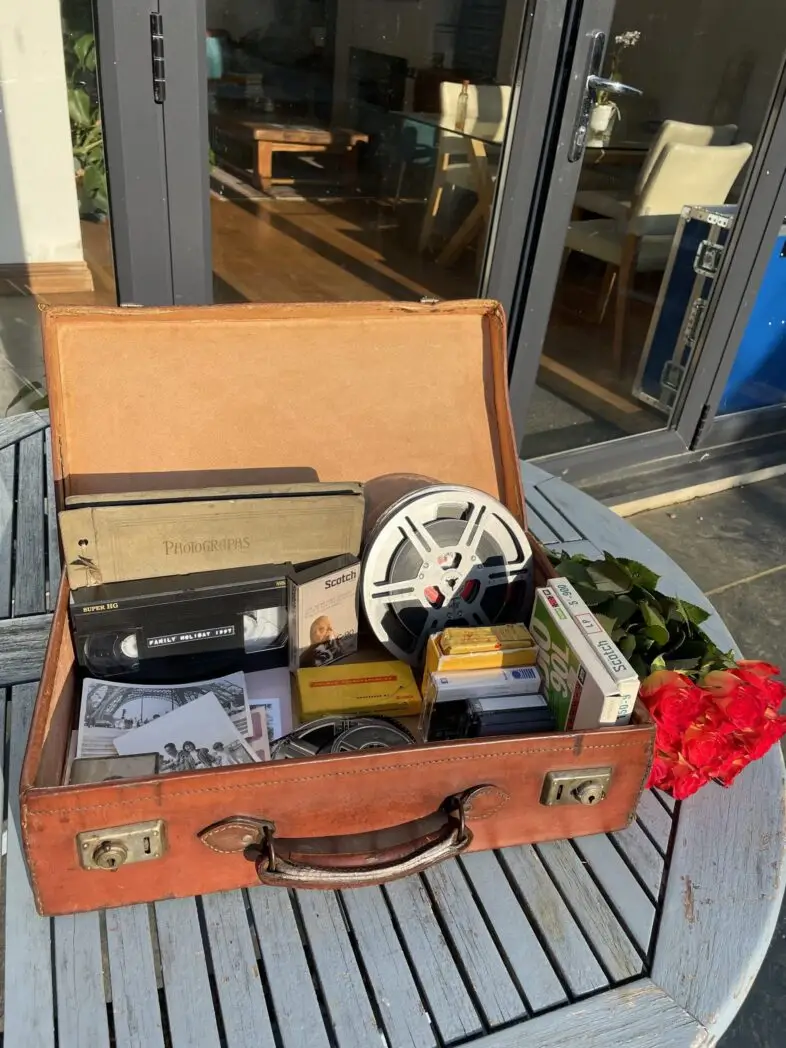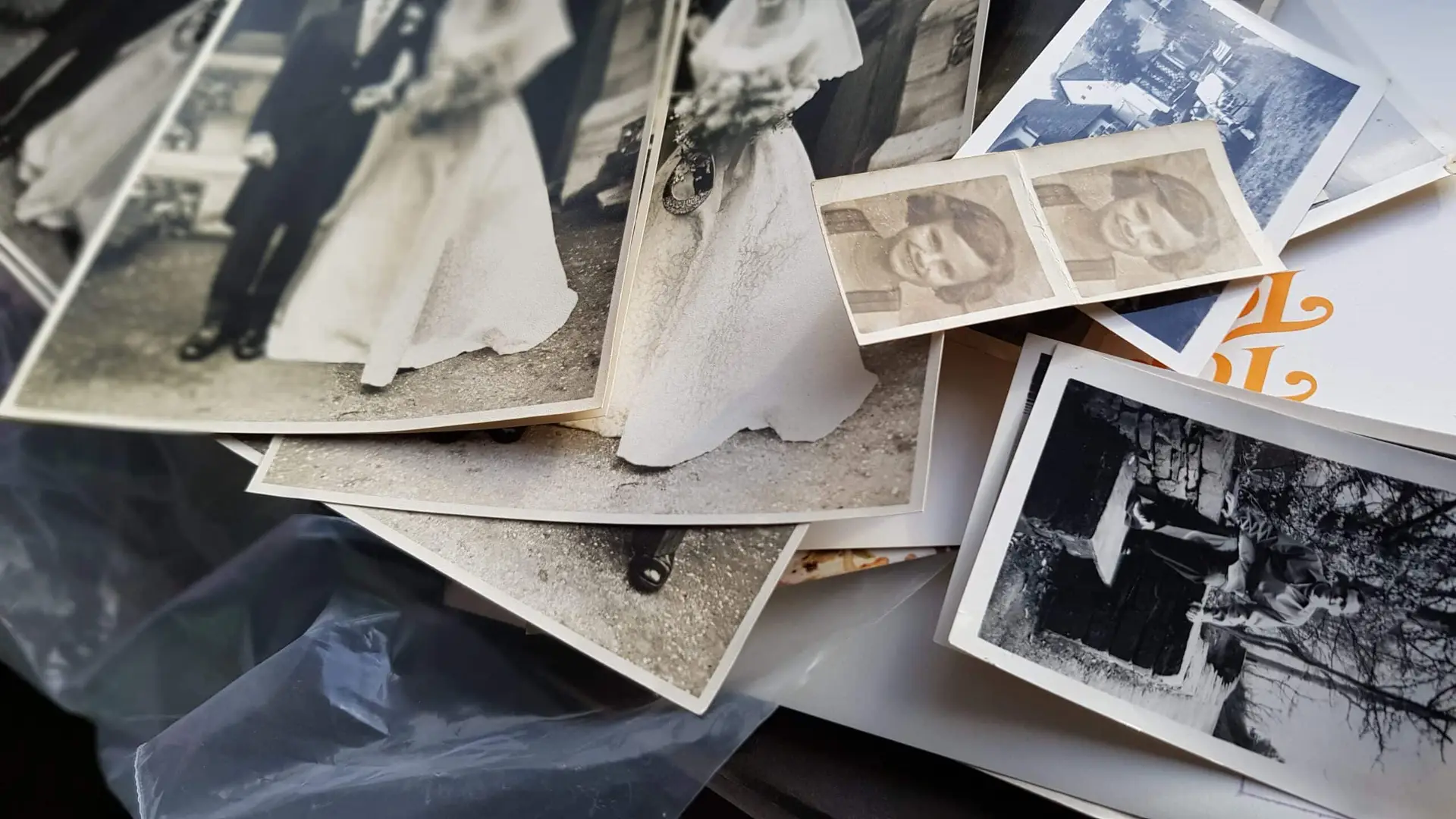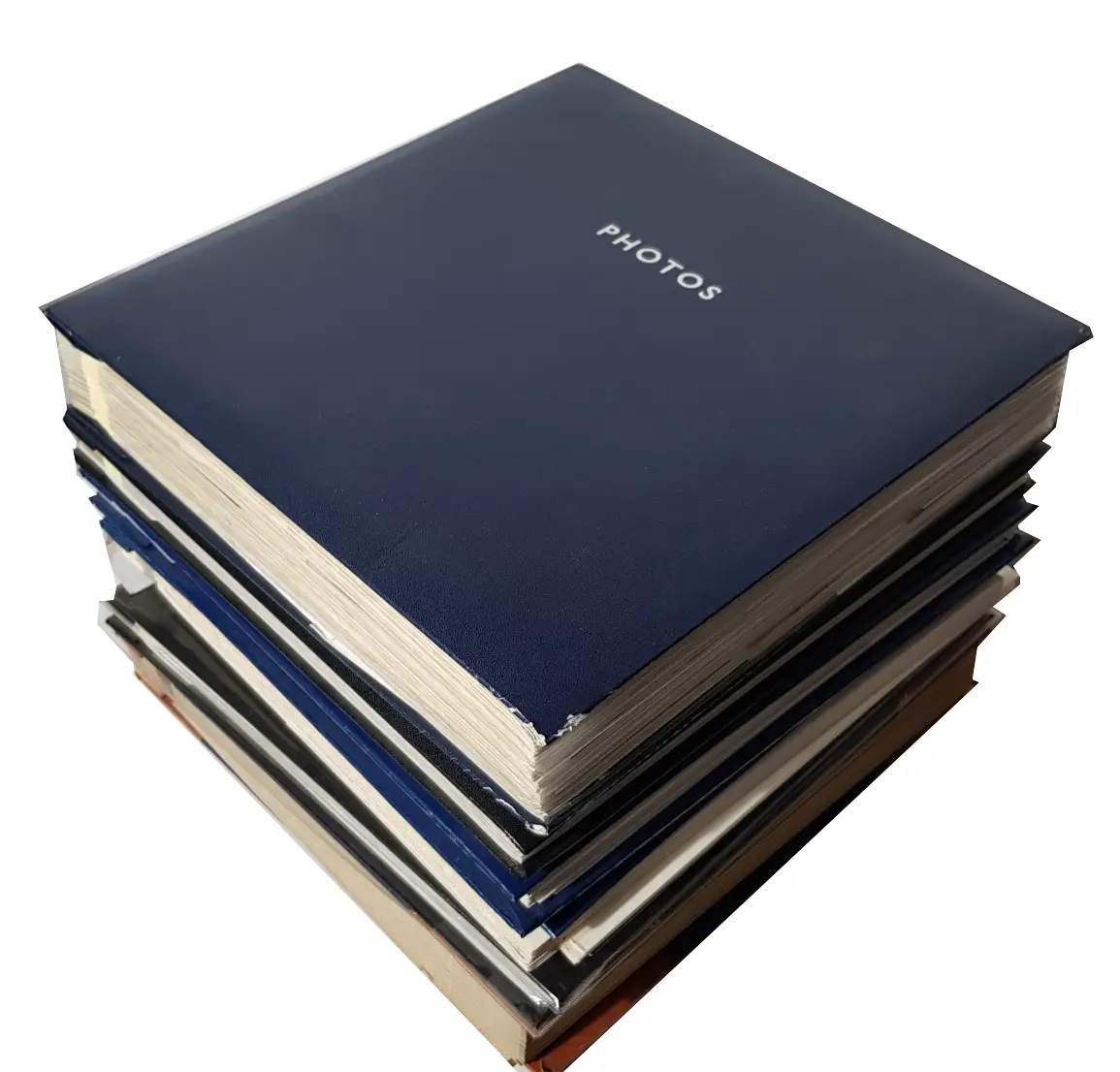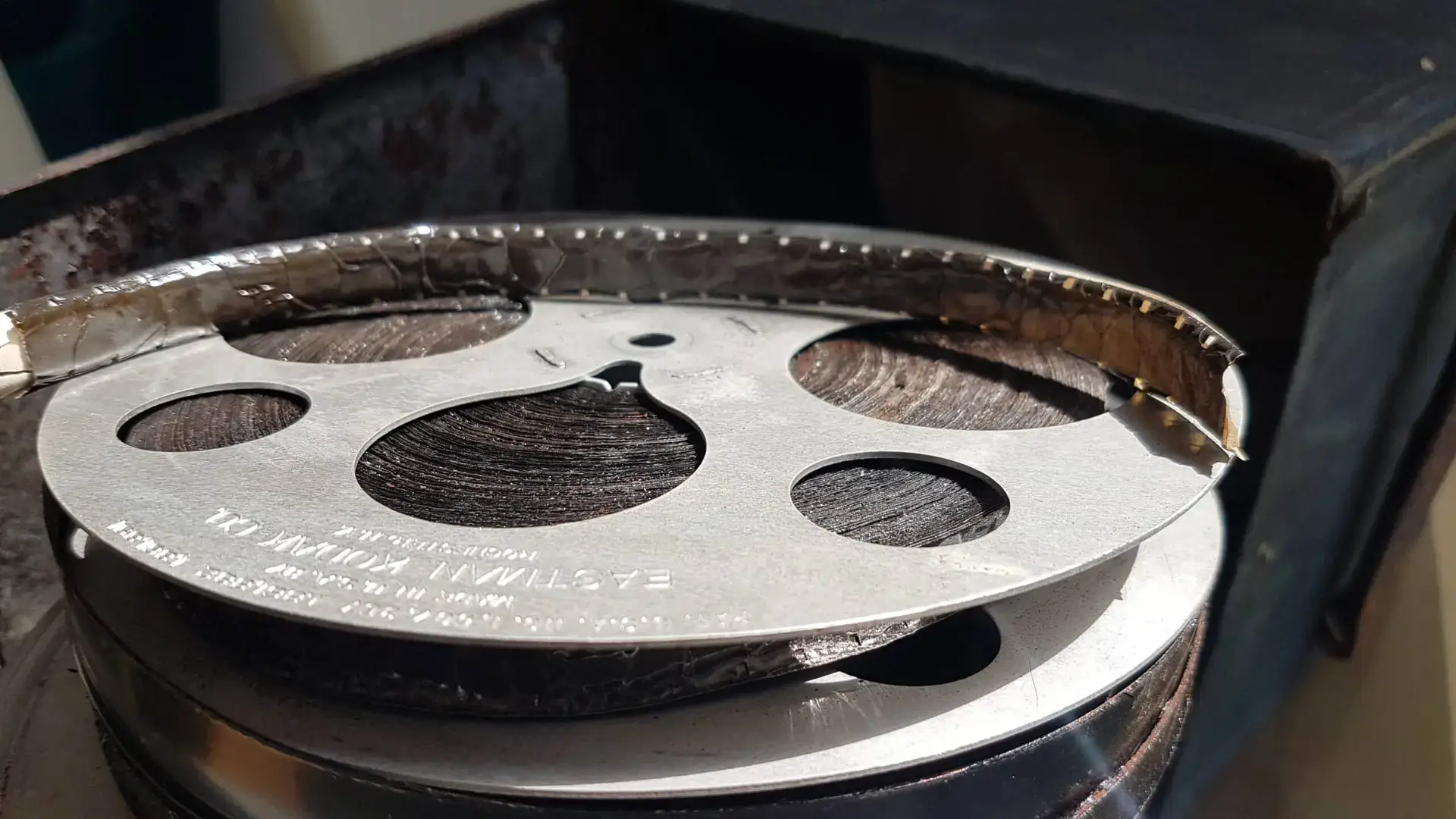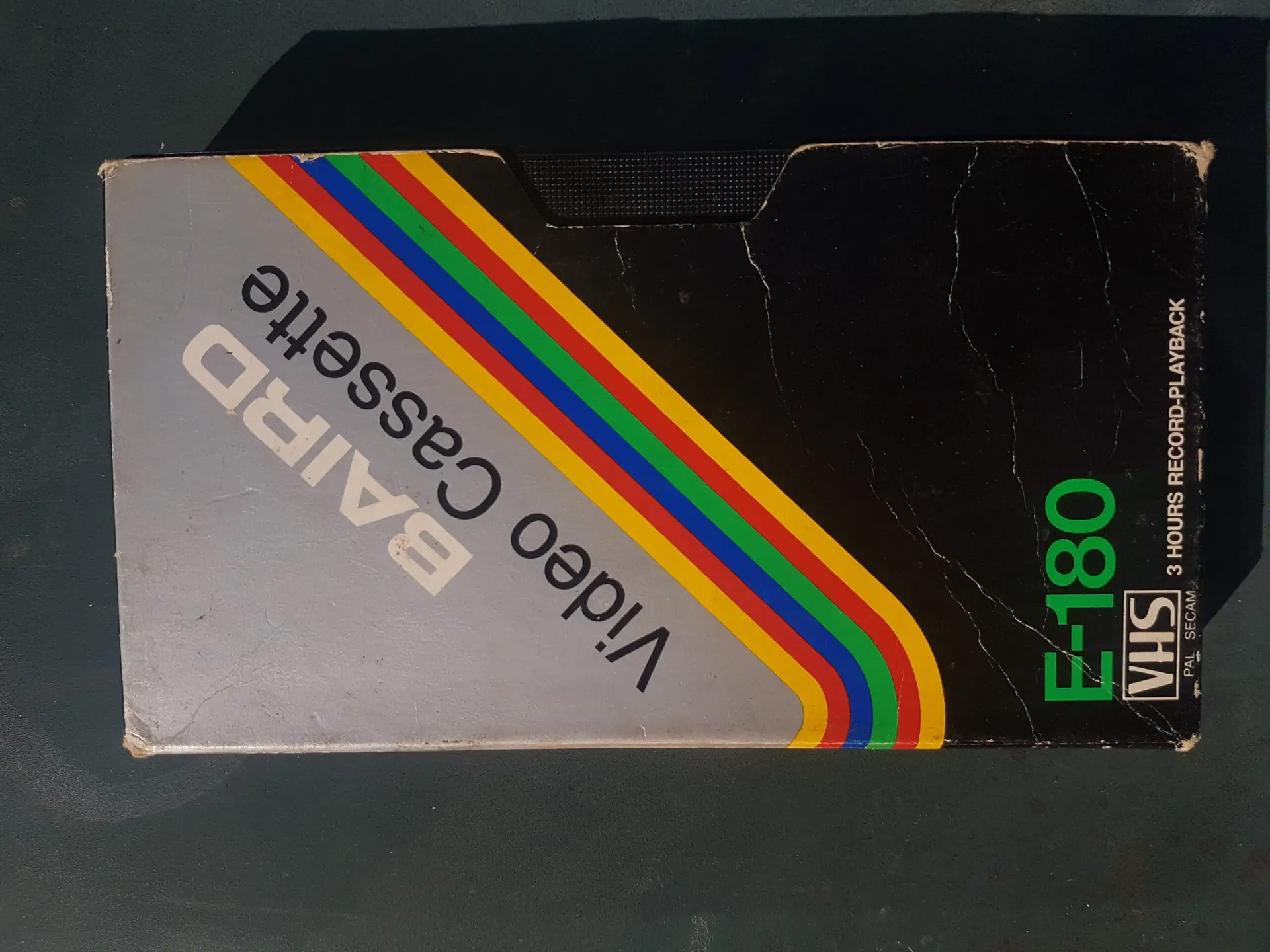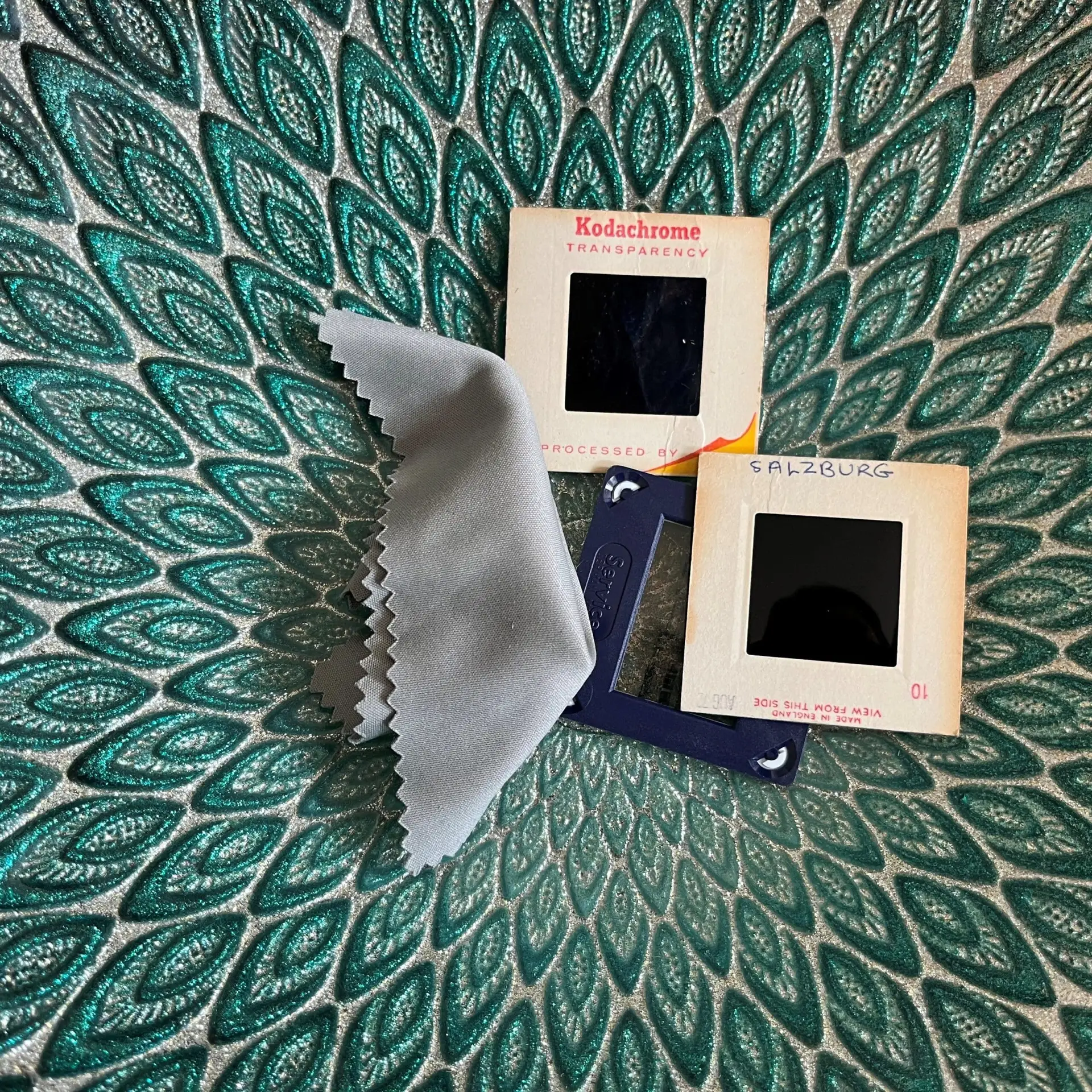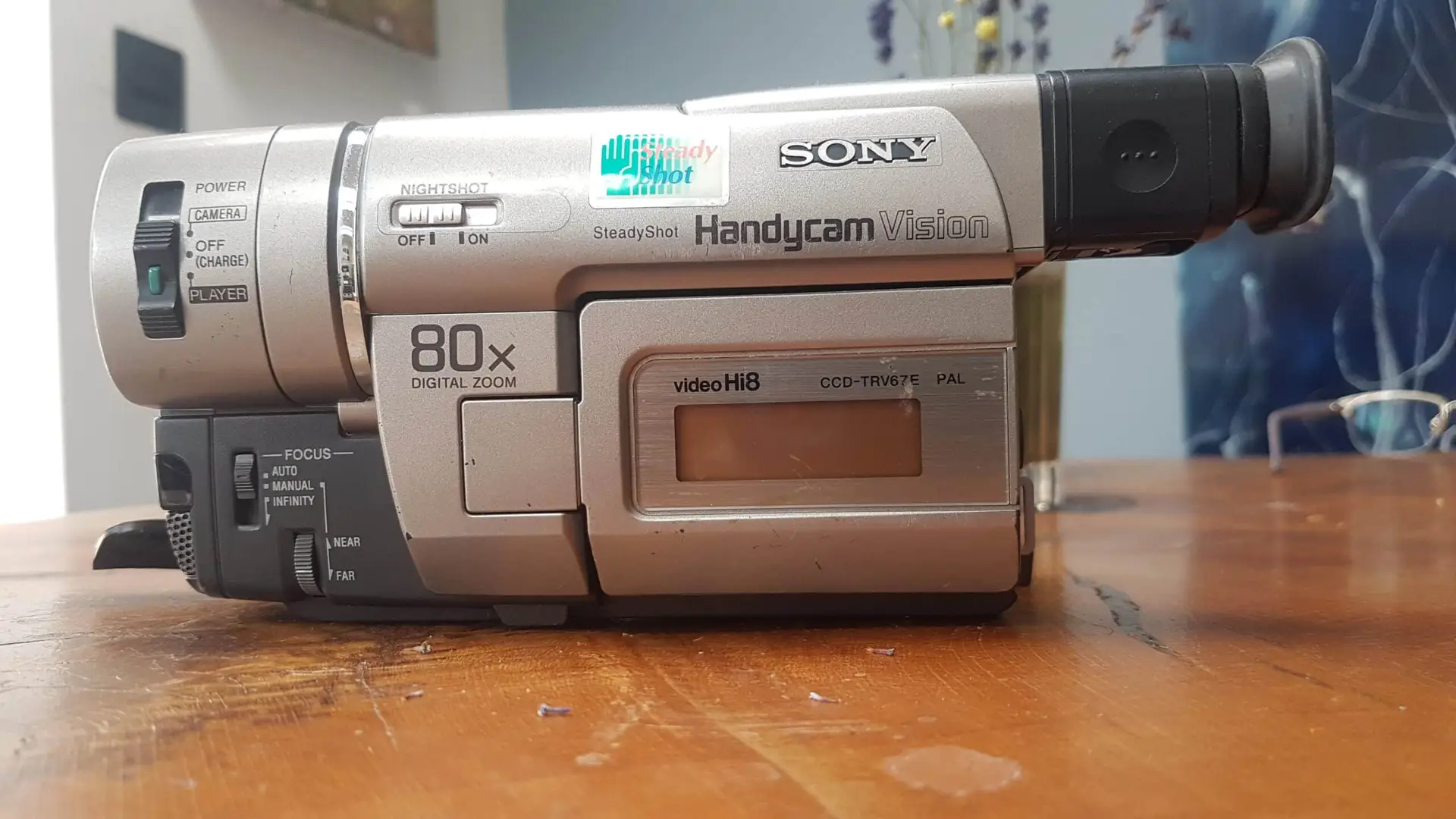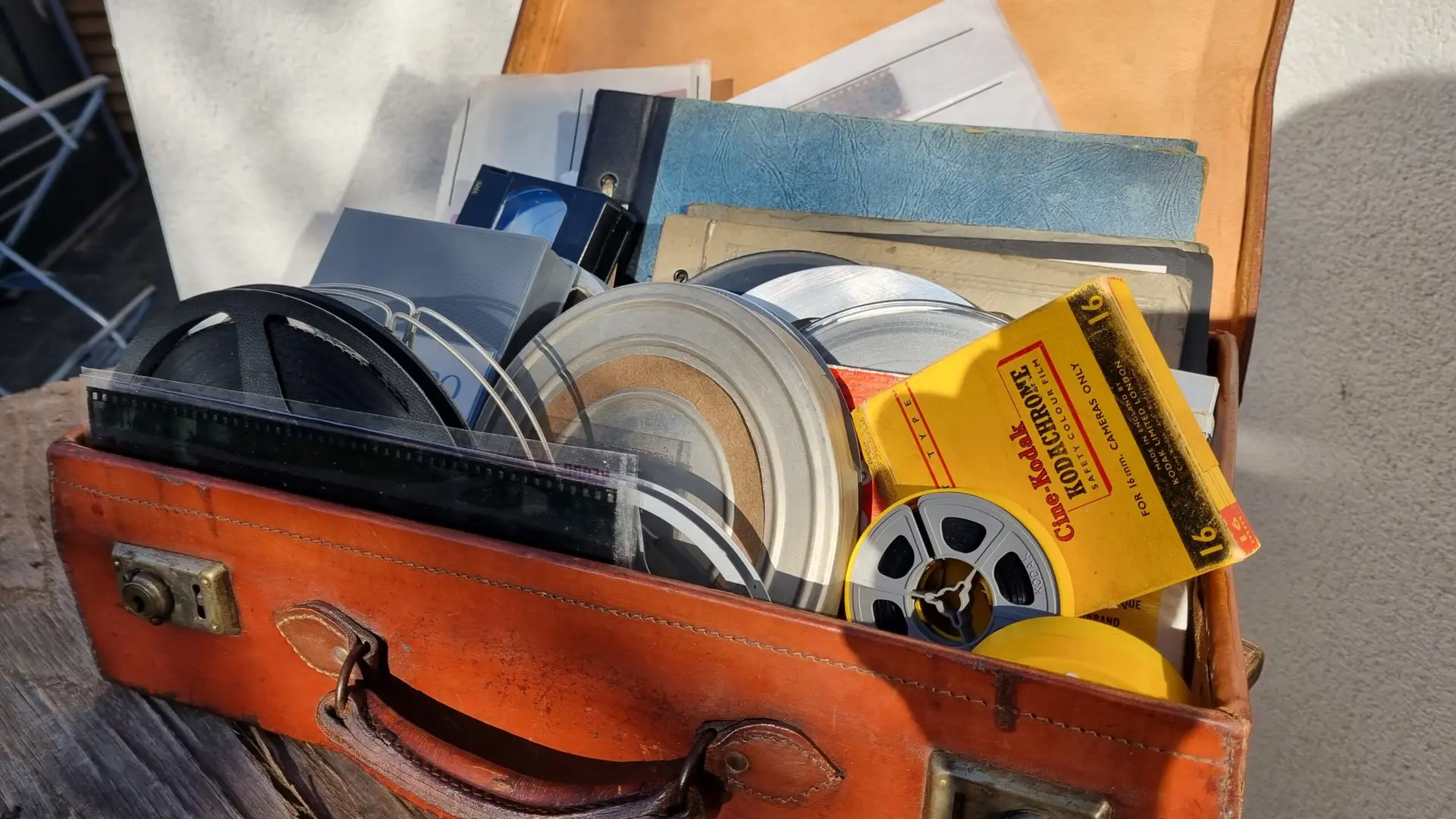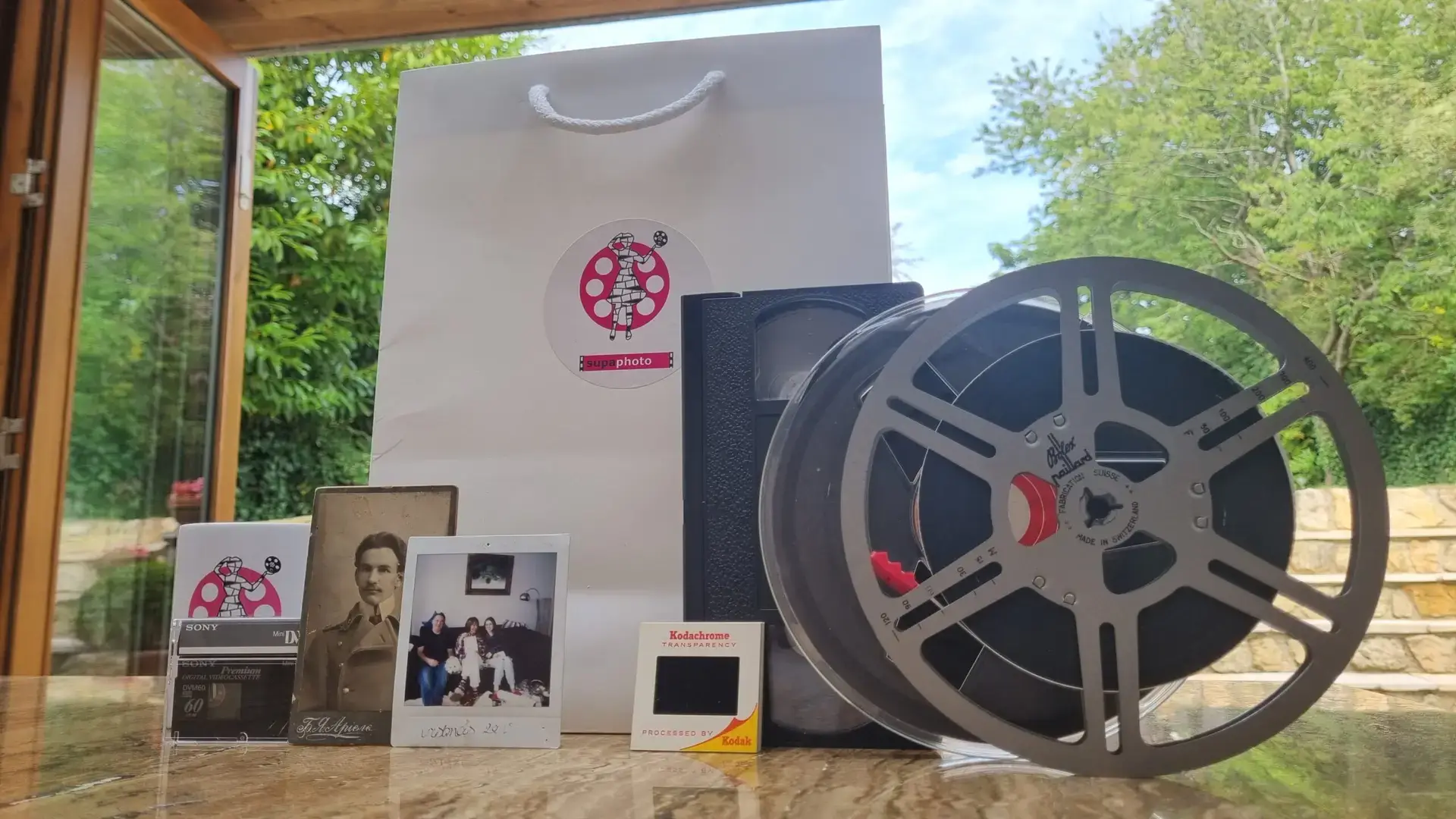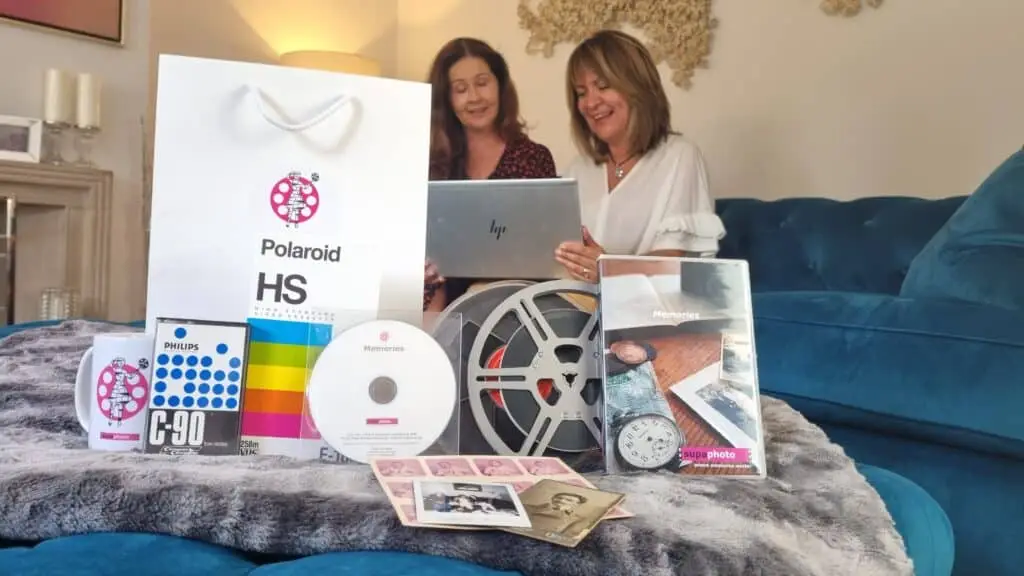Mini DV to Digital – I remember the day I stumbled upon that tiny marvel – the Mini DV tape recorder. Standing in the photography department, it was like holding a secret in my hands. I had only just experienced digital picture cameras. Digital video cameras were still catching up. The year was 1998, and the device promised magic. As I pressed ‘record’ for the first time, I watched my world transform into digital fragments on that miniature tape. A symphony of anticipation swirled within me as I played it back, witnessing memories crystallised with unparalleled clarity. That day marked a shift in my perception of capturing life. The MiniDV wasn’t just a recorder; it was a time traveller, preserving moments for eternity within its palm-sized embrace. This is where Mini DV tapes came into play. The camera counter, with its Mini DV cameras, was my favourite spot due to the inherent coolness of MiniDV technology. The player for mini dv tapes is also often referred to as a mini dv recorder.
Tape Cassette & Mini DV Player – Adorably Compact
MiniDV tapes, smaller than a pack of playing cards, were diminutive. Essentially, this format resembled a more compact version of the 8mm and hi8 tapes that dominated the industry during that era. Compared to the bulky VHS tapes reigning over home entertainment by the mid-1990s, MiniDV tapes were so small!! These lightweight and compact camcorders made recording events like football in the park and birthday parties incredibly convenient, yielding superior results.
I bought a MiniDV player & camera and it was promptly shared by my friends as it was quite pricey at the time. As a camera, it changes the rules overnight.
However, the theft of my MiniDV camera is not the focus here. What you’re here to learn about is the history of the MiniDV format, not my personal history with it (which is rather complex). So, let’s delve into it.
1995 – The Origins of Mini DV Camcorders
DV stands for digital video, which implies that even though Mini DV videos uses micro-tapes, it records video digitally. Interestingly, this digital recording is stored on film tapes using a process called lossy compression. Even more intriguing, the video is compressed while the audio remains uncompressed. What does this mean? It’s somewhat akin to a hybrid between a horse and a zebra – it looks like a horse, behaves like a zebra, but doesn’t quite fit into either category perfectly.
1998 – Introduction of MiniDV
MiniDV tapes are the smallest video recording tapes available to consumers. They are even smaller than Hi8 tapes. A single cartridge in a mini dv tape player can record about an hour of content. Pretty cool, right? They were mass produced by Sony, Fuji, Panasonic to name but a few manufacturers.
Late 2000s – Fars are still tapes. MiniDV lost its appeal.
Technical Specifications – Mini DV to Digital
PAL MiniDV, commonly used in the UK and other PAL regions, follows specific technical specifications. Here are some of the key technical details for a PAL MiniDV Camera:
Tape Format: MiniDV
Recording Format: Digital Video (DV)
Frame Rate: 25 frames per second (fps)
Resolution: 720×576 pixels (Standard Definition)
Aspect Ratio: 4:3 (standard) or 16:9 (widescreen)
Audio: PCM audio, 2 channels, 48 kHz sampling rate
Tape Lengths: Various lengths available, including 60 minutes (SP), 90 minutes (LP), and extended-length tapes
Tape Size: 66mm x 48mm x 12.2mm (same for all MiniDV tapes)
Data Capacity: Approximately 13GB when used with specific software
Connector: FireWire (IEEE 1394) and USB connections for transferring data to computers
Camcorders: Offered a range of recording qualities and features within the PAL MiniDV standard
It’s important to note that while PAL MiniDV adheres to these technical specifications, the actual video and audio quality can vary based on factors such as the quality of the recording equipment and the conditions under which the recording was made.
Digital Excellence
DV represents digital video. Despite MiniDV tapes being physical cassettes, they delivered picture and sound quality comparable to digital standards. This format is still used by some professionals today. For those who appreciate retro formats, you can still find affordable used or refurbished MiniDV camcorders, though tape prices might be higher.
Interesting MiniDV Trivia
MiniDV served as the primary recording and editing medium for certain wide-release movies.
The 2002 Miramax comedy “Tadpole” was shot on Mini DV, but it received criticism at the Sundance Film Festival for technical shortcomings. Numerous independent documentaries, including the Oscar-nominated “Supersize Me” from 2004, utilised Mini DV.
Playing MiniDVs
If you lack a functional camcorder, you can view Mini DV through a deck that functions as a MiniDV tape player. This deck resembles a VHS tape with a slot for Mini DV insertion. Nonetheless, the best way to preserve and watch these tapes is to convert Mini DV to digital fromats by digitising them.
Digitising MiniDV Memories
You can digitise MiniDVs on your own, but this requires a working camcorder and appropriate software. If you have numerous tapes, this process can consume considerable time, especially if you intend to edit the content. MiniDVs degrade over time, and certain software applications might be finicky.
No need to worry – at Supaphoto, we’ve designed the entire MiniDV to digital process to be as seamless as possible, saving you time and frustration. So don’t hesitate – send us your fading memories from the past, and we’ll transform them into lasting memories for the future.
The story of Mini DV is one of remarkable innovation and an astonishingly swift decline. Although MiniDV reigned supreme for a brief period in the realm of home video recording, the shift towards pure digital recording rendered it almost obsolete.
Even though MiniDV has largely faded into obscurity, alongside MiniDVDs and dial-up internet, it still retains a certain charm from its brief prominence. Personally, I’ll miss those cute little tapes. They were truly miniature!
Got any of those little MiniDV tapes that require digitisation? No worries! You have choices to ensure those memories aren’t lost to the passage of time. If you possess the time and patience, you can convert mini dv to digital digitise at home using video capture software. Alternatively, you can entrust your tapes to a digitisation service. Converting mini dv to digital is a specialist piece of work where it can be done very well or les well in the right hands. It’s always best let experts handle the conversion process when it comes to your MiniDV tapes.


